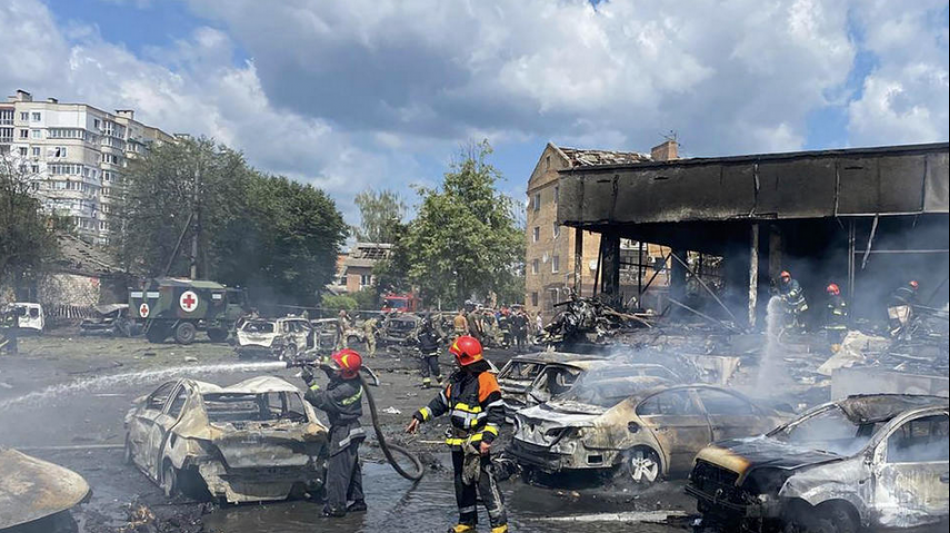Nepal: Crowd demands reinstatement of the monarchy
In Nepal, riot police used batons and tear gas to stop thousands of supporters of the country's former king from marching to the capital's center. The demonstrators, rallying for the restoration of the monarchy and Nepal's status as a Hindu state, faced police resistance as they moved from the outskirts of Kathmandu towards the city center. Minor injuries were reported during the clash. The authorities had previously banned protests in key areas of the city.
The protesters, expressing deep loyalty to ex-King Gyanendra, came from across Nepal, demanding the reinstatement of the monarchy, which was abolished in 2008. They criticized the government and political parties for corruption and poor governance. The monarchy's end came after the 2006 street protests against King Gyanendra's authoritarian rule led to the introduction of democracy. In 2008, Nepal's parliament declared the country a republic with a president as head of state. Since then, Gyanendra has lived as a private citizen with limited public support and little prospect of regaining power. Additionally, the demonstrators called for Nepal to revert to being a Hindu state, a status it lost in 2007 when it was declared a secular nation.

Russian war crimes!

Economic chaos in Italy

Ukraine's fight against the Russian terrorist state

Live coverage of HM Queen Elizabeth II's state funeral

LIVE: Farewell to Queen Elizabeth II.

King Charles III promises 'lifelong service' to the Nation

The Queen: From Churchill to Yeltsin and Tito to Trudeau

Queen Elizabeth II dies aged 96

Ukraine: Kherson, nuclear inspectors and Russian army

Why Lithuania didn't join the tributes to Gorbachev

Germany: River Rhine water levels could fall to critical low



